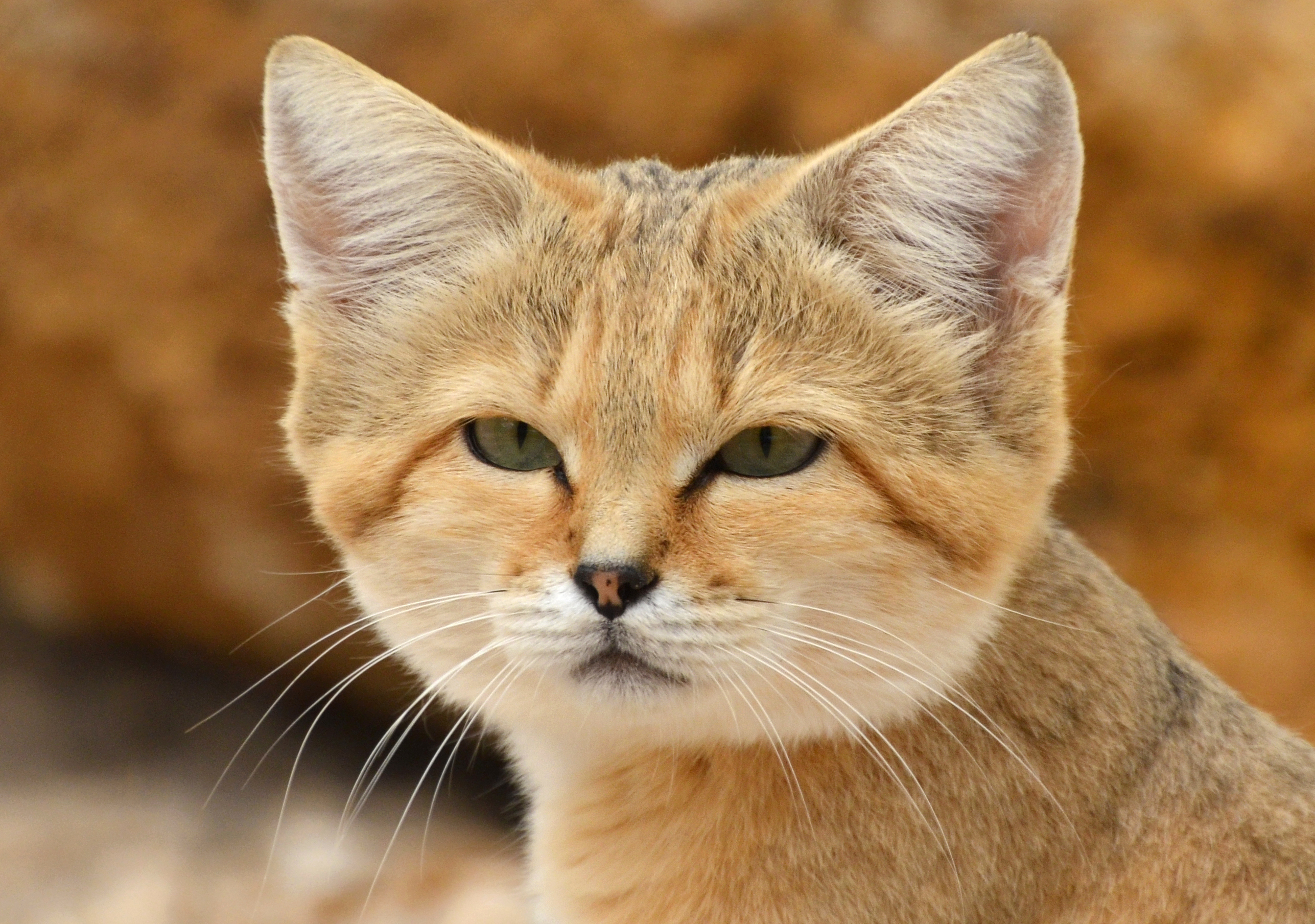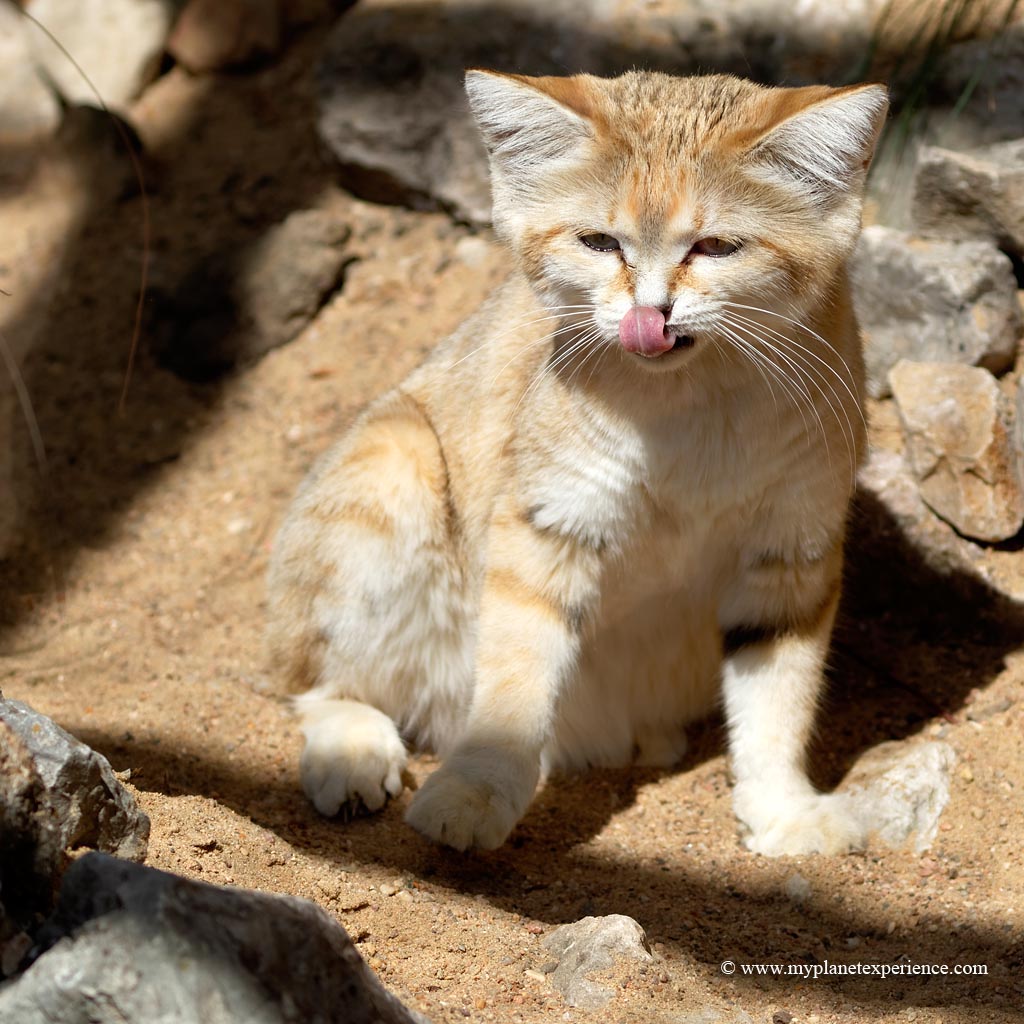Sand Cat Habitat And Food

But it also appears to be present in smaller populations in central and southwest Asia.
Sand cat habitat and food. Vulnerable arid ecosystems are being rapidly degraded by human settlement and activity especially livestock grazing Allan and Warren 1993 Al-Sharhan et al. Their home range may be to up to 16km2 62mi2. This animals sand colored coat is hard to see against dry bushes and sand and acts as protection for it.
6 7 years in the wild. Sand cats are found in both sandy and stony desert. It mainly inhabits largely the deserts of northern Africa.
The sand cat hunts animals to eat prey at night when it is cooler. Sand Cats will also cover large kills with sand and return later to feed. The Sand Cat primarily occupies sandy deserts but has also been recorded in stony and rocky deserts.
It starts to hunt when it gets dark and works all night until dawn. They are able to survive for months on the water in their foodAfter a 59 68 day gestation usually 3-4 kittens are born twice per year in a. The sand cat of North Africa and the Middle East survives in a land with very little water by hunting at night and sleeping and keeping cool during the day.
Sand cats are mostly carnivorous and eat a variety of prey such as gerbils sand voles hares spiders reptiles birds insects and venomous snakes. Sand cat is carnivore meat-eaters. Sand cats are mainly carnivorous and eat small mammals reptiles including venomous snakes birds insects and spiders.
They are found in areas of sandy and stony desert. Traps are set by people to kill foxes and wolves. Sand cats are active during the night nocturnal animals to avoid high temperatures above 52 degrees of Celsius during the day.


















